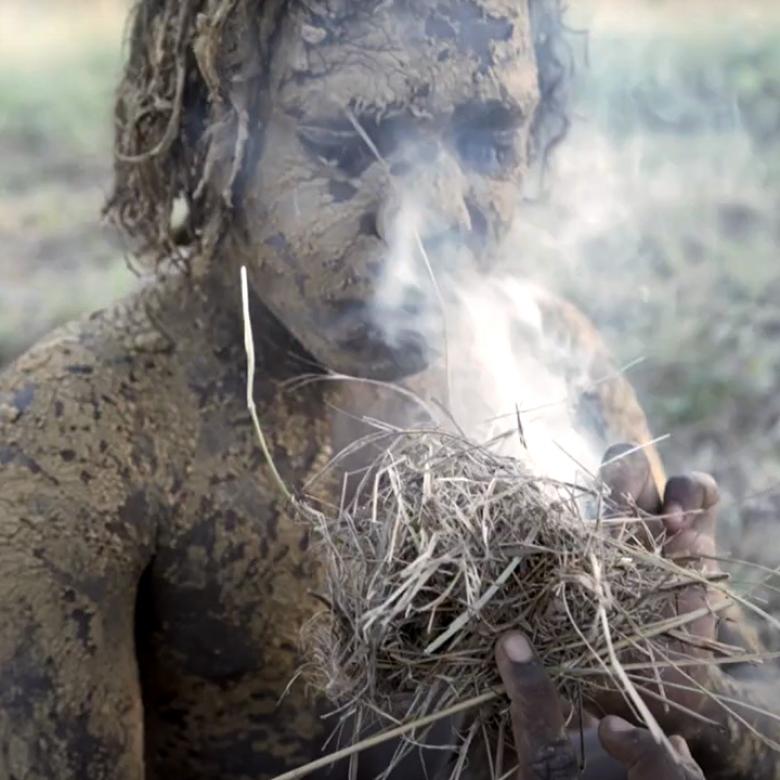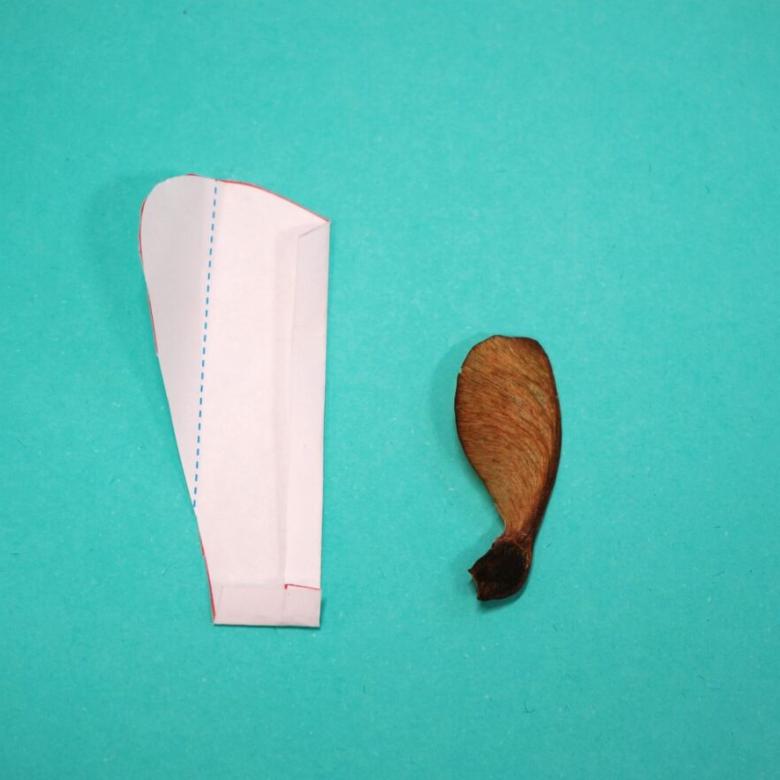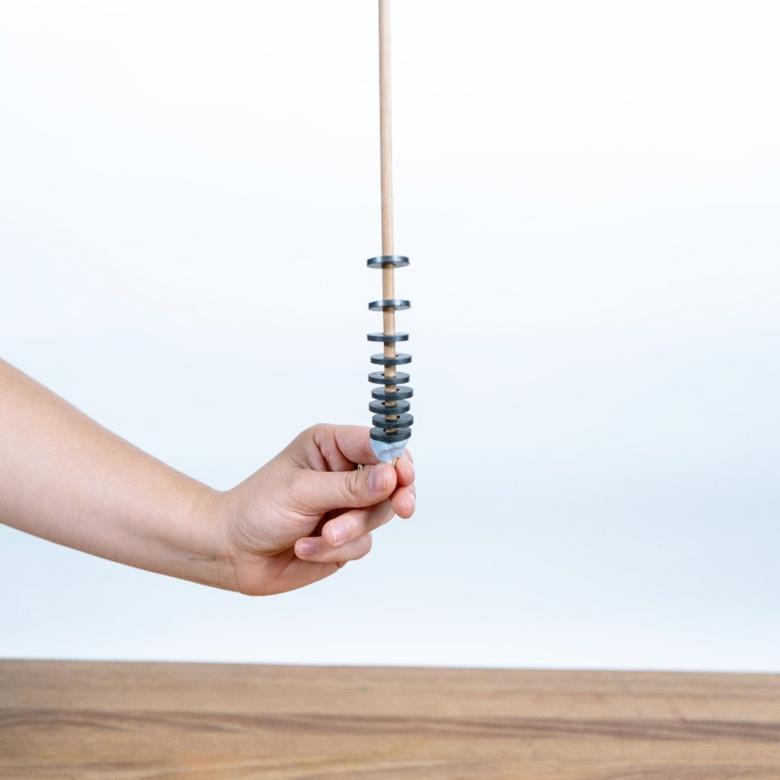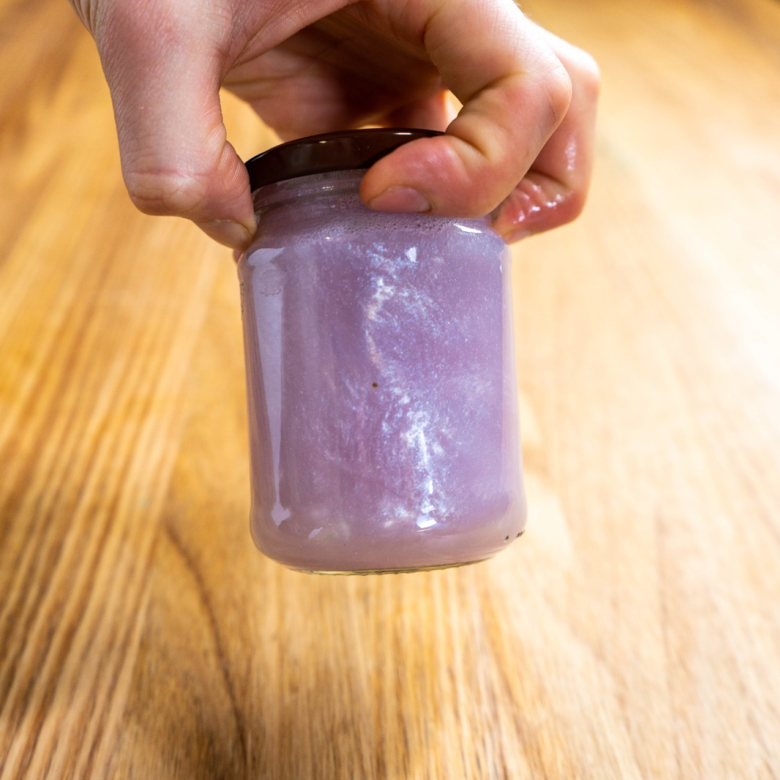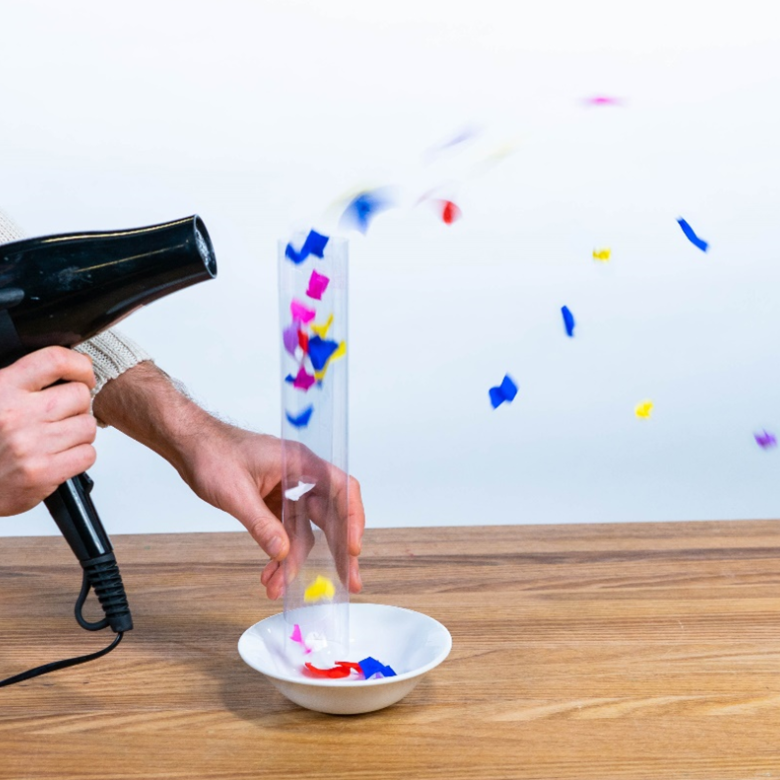You’ll need
- A clear plastic cup
- Water
- Vinegar
- Popcorn kernels (not popped!)
- Bicarbonate of soda (also called bicarb soda and sodium bicarbonate)
- A teaspoon
What to do
- Gather your materials on a flat surface.
- Half-fill the cup with water. Add about one-quarter of a cup of vinegar.
- Drop about 12 popcorn kernels into the water and vinegar mixture.
- Add 1 to 2 teaspoons of bicarbonate of soda and stir briefly. Watch what happens.
Questions to ask
What happens if you don’t use vinegar? Repeat the experiment with three-quarters of a cup of water instead of the water and vinegar mixture.
Does it work with other types of seeds? Try dropping dry beans into the cup instead of popcorn kernels. What happens?
What's happening
The popcorn kernels sink to the bottom of the cup and then rise to the surface. They then fall back down, looking like they are doing a little dance.
This popcorn ‘dance’ happens because bicarbonate of soda and vinegar undergo a chemical reaction, and produce carbon dioxide gas (also written by its chemical formula CO2). The carbon dioxide bubbles are less dense than the liquid that surrounds them, so they rise to the surface of the cup. Small bubbles of carbon dioxide stick to the uneven surfaces of the popcorn kernels. Eventually, enough bubbles form on a popcorn kernel to pull the popcorn to the surface. That is because when the bubbles are added to the kernel, the average density is less than that of water. When the popcorn reaches the surface, the carbon dioxide is released into the air. Without the carbon dioxide bubbles stuck to it, the popcorn kernel is again more dense than the water and vinegar, and sinks.


